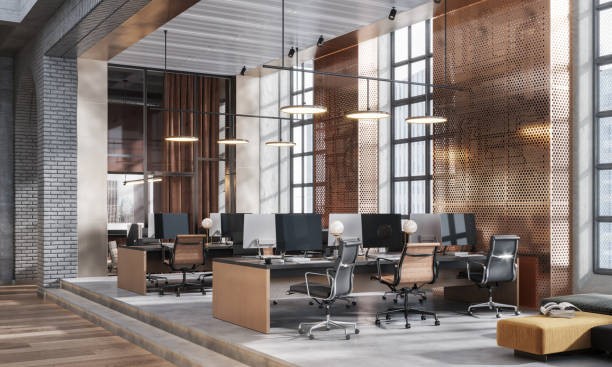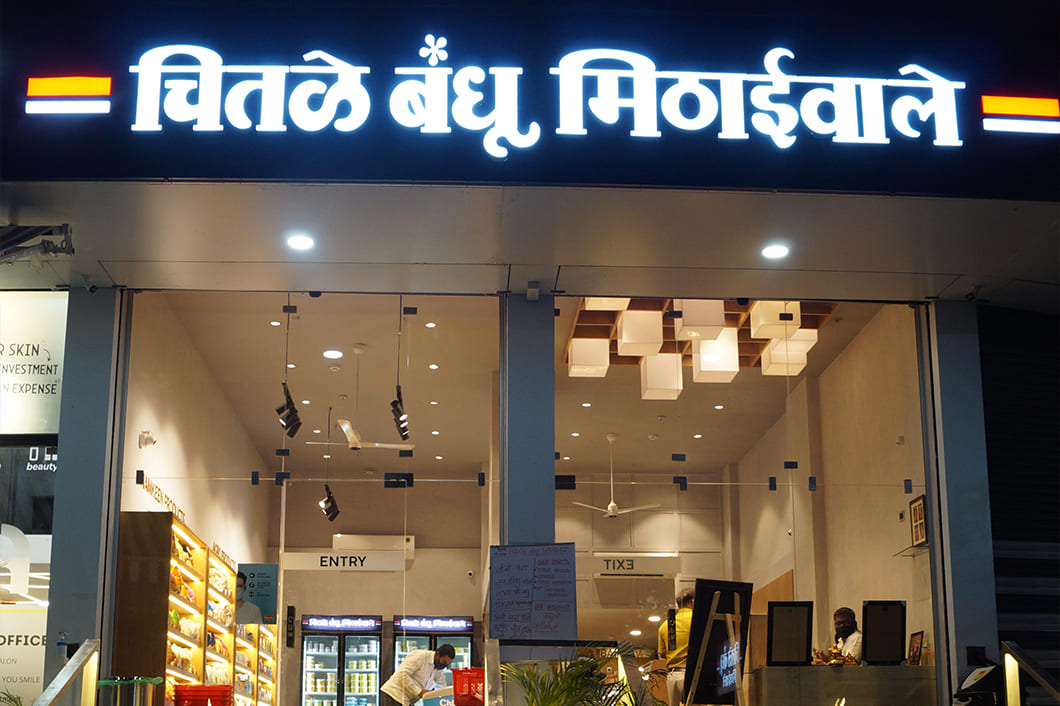The workplace continues to evolve, and organizations that are trying to attract and retain the best talent along with it. By next year, nearly three-quarters of the workforce will be composed of Millennials and Generation Z; therefore, it calls for modern office design trends, which are inclusive and accommodating to the tastes of those generations. It is all a call to companies to move towards flexible layouts, cutting-edge technology, and well-being in the corporate setting to make office interior design much more fascinating.
This article is at Oglinginches, one of the best commercial interior designers in Pune, Exploring Key Factors Relevant to Future-Proof Office Interiors. This guide explores the integral elements of future-proof office interiors that will keep these spaces current and effective for years ahead.
A. Flexible and Adaptable Spaces
This has increased productivity and teamwork. For open spaces, several employees engage in teamwork, while private areas are used to do individual tasks. The latest studies have shown that an adaptive office interior design can increase employees’ levels of satisfaction by 20%. Change in office design, therefore, serves the needs of the present and is also prepared for office design for future workforce.
Modular Design
The modular design also provides flexibility with movable partitions and furniture. This allows for quick, easy reconfiguring of the space for another project or altering team size. In business, modular elements can respond to dynamic demands efficiently by maximizing the use of resources in a dynamic work environment.
Open vs. Closed Layouts
There needs to be a balance between open and closed areas. Open spaces create and promote collaboration, whereas closed spaces encourage focus work in private. Hybrid approaches that can combine both styles can accommodate diverse working styles and, ultimately, improve productivity. Under such an environment, employees would feel comfortable and engaged.
Example Designs
It may be of the type that includes collaboration zones, quiet areas, and even leisure spaces. To stimulate informal meetings, lounge areas may include comfortable seating and community tables. Such flexible spaces allow teams to pick environments most suitable for a particular task, hence enhancing job satisfaction.
Must Read: Revitalize Your Office: The Best Interior Design Ideas to Give It a Completely New Look
B. Technology Integration
Technology plays an important role in office interior design in this digital age. It has been noticed in a recent survey that 85% of employees think that it has a direct effect on their productivity. Including smart solutions ensures that the workspace will continue to remain relevant and operative efficiently.
Smart Office Solutions
Its features include smart office technologies- IoT sensors, automated lighting, and temperature controls. These give comfort but will reduce energy usage as well. One can make use of smart systems to create an environment that responds according to one’s feelings and occupancy levels.
Connectivity and Infrastructure
New-age workplaces demand stiff connectivity. Adequate, fast internet and a strong infrastructure support smooth communication and collaboration. An employer’s priority is to build an IT backbone supporting multiple devices so that in whichever corner of this world their employee is posted, they remain connected and productive.
Innovative Tools
There are also innovative tools, virtual collaboration software and advanced project management platforms that enhance teamwork and streamline workflows. These technologies equip organizations to power their teams to be highly performing, both in the office and at home, driving toward an adaptive workspace that is mimicking the changing nature of work.
C. Employee Well-being and Wellness
These are some reasons you should take care of the well-being of your workers for a healthy and productive workforce. Studies have shown that businesses, which emphasize wellness, then increase employee engagement by 30%. Well-crafted office interior design plays a crucial role in determining the health and happiness level of people working in it.
Health and Comfort
Designing for health involves the choice of ergonomic furniture, ensuring that there is enough ventilation and natural light. A well-designed working space, comfortable enough to reduce the effect of physical strain or fatigue, promotes productivity.
In the case of a healthy environment, this increases the retention level of an employee since companies show their consideration for employee welfare.
Mental Wellness
Mental wellness is also on par. Scenarios to relax and reduce stress, such as meditation rooms or quiet zones, can even make the working environment better. The incorporation of wellness programs and activities into the regular calendar will also increase the morale and well-being among the employees which will result in a happier workforce.
Biophilic Design
Including biophilic design elements, such as indoor plants and natural materials, connects employees with nature. As studies show, biophilic designs reduce stress and enhance cognitive functions in research. When organizations create office interior design by incorporating such elements, they make the office space more appealing and productive.
D. Sustainability and Environmental Responsibility
Sustainability is no longer a choice; it’s a must. Companies are henceforth inclined to adopt environmentally friendly practices owing to higher sensitivities concerning the environment. According to research, 70% of employees indicate that they prefer to work with sustainable companies, making responsible office interior design the greatest need.
Eco-Friendly Materials
Direct reduction in environmental impact is given by the utilization of green materials for office interior design. Sustainable materials include reclaimed wood, recycled metals, and low-VOC paints. In this regard, sustainable materials foster the sustainability of a company by improving the indoor air quality.
Choosing sustainable materials also indicates a company’s support for the environment, thereby improving the brand image of such a company.
Green Certifications
Truly, many companies connect green certification with sustainability. Examples of this are the LEED and BREEAM, some of the certifications that could be acquired by companies that embrace their sustainability. This kind of certification guides organizations to produce energy-efficient spaces through environment-friendly design.
Energy Efficiency
Better still, it will be an energy-efficient facility installation of energy-efficient systems such as LED lighting, and high-efficiency HVAC systems, to mention a few, which will minimize utility costs or pollution reduction that negatively impacts the environment.
Must Read: Office Interior Design: Trends That Are Shaping Workspaces in 2024
Conclusion
The time has come for future-proof office interiors to attract talent and satisfy the employees. By focusing on flexible spaces, technology integration, well-being, and sustainability, businesses can create an environment that supports the needs of these modern office design trends.
By being commercial interior designers in Pune, Oglinginches helps organizations navigate these trends to develop office interiors that are more functional, innovative, and sustainable. Take the office design for future workforce in hand today and empower your workforce.




